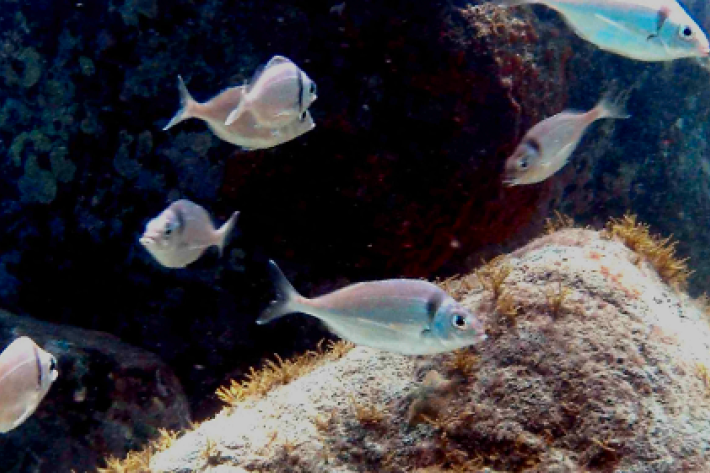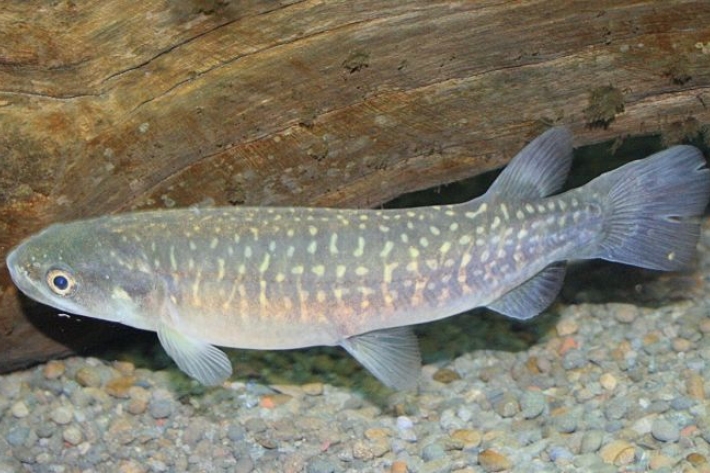-

Changes in juvenile fish habitats
Research ProjectNIWA is looking for people who have had a long association with the Hauraki Gulf or Marlborough Sounds to help them with a research project on juvenile fish habitats. -

Ecosystem modelling
Research ProjectAt NIWA, we’ve developed an Atlantis model for the Tasman and Golden Bays region. We’re also developing one for the Chatham Rise. -

Ecosystem influences on snapper
Research ProjectNIWA has a number of projects that are allowing us to better understand the interaction between snapper and their environment over their life cycle. -

20 years of fish surveys
Research ProjectThe main aim of the surveys is to estimate the abundance of hoki and other commercially important species (such as hake and ling), but during the 20 consecutive surveys NIWA scientists have also been able to study other aspects of deepwater biodiversity on the Chatham Rise, including fish distribution, abundance, and ecology. -

Marine food webs
Research ProjectWe need information on the food web structures of our marine ecosystems in order to manage the effects on the ecosystem of fishing, aquaculture and mining, as well as understanding the potential impacts of climate variability and change on our oceans. -

Black petrel & commercial fisheries
Research ProjectBlack petrels are relatively few in number and are sometimes caught on fishing lines and in nets. The effect of fishing-related deaths on the population is unknown. -

Reintroducing giant kōkopu to Nukumea Stream
Research ProjectThe giant kōkopu is a native whitebait species considered rare and vulnerable. NIWA is working with Mahurangi Technical Institute and environmental consultancy Boffa Miskell to test the feasibility of reintroducing giant kōkopu to Nukumea Stream, north of Auckland. -

Restoring Kōaro in the Rotorua lakes
Research ProjectThe kōaro was once abundant in the Te Arawa lakes near Rotorua in New Zealand’s North Island. NIWA has assessed the viability of restoring this species in the region.
